
Artificial Intelligence (AI) has been a hot topic at digital marketing conferences this year, and Social Media Marketing World 2017 was no exception. Talking about the future of AI can be mind blowing, especially when experts estimate that computers will rival (or even surpass) human intelligence in as little as 16 years. What shocked me more than these predictions was that this technology isn’t only applicable in the far-off future; there are actually practical ways to apply it to business today. Christopher Penn, VP of Marketing Technology at SHIFT Communications, was able to deliver some informative answers to the biggest questions about AI; where it’s going and how businesses should be taking advantage of it:
How do I know if my business could benefit from AI?
- If you or your employees do the same task three or more times a day, AI could potentially solve it, because Penn predicts that if you do it with a template today, a machine does it without you tomorrow.
How can I implement AI for my business today?
- You can get 1,000 machine-generated blog posts for as low as $250. Compared to the time it takes an employee to write one, there are a lot of money-saving opportunities for your business when using natural language generation software.
- If you’re not ready to invest yet, there’s a free AI tool you can try right now. Anyone can retrieve immediate answers to marketing questions like, “How much does my competitor spend on PPC?” and “What keywords are they buying?” using GrowthBot, a machine-learning chatbot available now on Facebook Messenger and Slack. It doesn’t get much easier than that.
“Become the guy who helps the machines learn what great writing is.”
Is my job going to be replaced by a robot? How can I avoid this?
- The harsh truth is, as AI grows, we will need fewer humans, especially at entry level. So business professionals should start developing multidisciplinary skills and think about learning a programming language like R or Python.
- It will be a few more years before natural language processing starts to make content creators obsolete. To have a marketing career in an AI world, become outcome focused and let the machines do the heavy lifting. Become the guy who helps the machines learn what great writing is.
How can I convince my company and its culture that AI is important?
- “Scare them,” says Penn. Use competitors as examples to show how your company will either be leagues ahead or left behind if it doesn’t keep up.
You know the triangle where you have fast, cheap and good, but you only get to pick two? AI is going to change that. The reality is that computers are faster, cheaper and smarter than humans, so we should start finding ways to work with AI now. If you don’t, your competitors will.
I spent two days at the Transition Percolate marketing conference in New York City, and one of the most insightful panels was titled, How to Build an Inspired Customer Community. Nikki Rappaport, director of brand and marketing at Cava Grill, has helped grow a local restaurant into a national chain with an engaged social community. Her tactics may be easier to execute within a small organization, but that’s no excuse. Here’s what we learned:
Be nimble. When Nikki started at Cava Grill, the social photography was less than stellar. She went beyond styling better food photos and actually changed the way the restaurants were presenting food. By making a few small tweaks in how the kitchen added garnish and sauces, she was able to inspire the brand’s advocates to post more pictures on social.
Follow-through is key. Cava Grill keeps track of each user asking for new restaurant locations, then follows up with them on social when they launch in the requested city. They’ve done the same with specific product requests—tagging vegetarians in social posts announcing new meat-free menu items.
These are just a few of the simple concepts presented at Transition Percolate that have a huge impact, which big brands should be executing. Changing an organization’s process is not an easy task, but if you’re nimble and you follow through, you can build an inspired customer community.
#Transition2016
It's time for the @WaPoExpress Best Of 2016 list! We hope you'll vote: https://t.co/KWqgs74ZWV #BestQuickLunch pic.twitter.com/UYsKnfCFrU
— Cava Grill (@CavaGrill) September 12, 2016
Instagram announced on its blog that it’s adding “Stories” as a new format that will be rolling out in the next few weeks. Sound familiar? That’s because the functionality is nearly identical to Snapchat’s “Stories.” The content disappears within 24 hours, allowing users to share unedited moments throughout the day without worrying about over posting. Plus, there are no likes or public comments on Stories, so users can relax, have fun and get creative with text and drawing tools. What does this savage play by Instagram mean for brands?
The Good:
- Lower content expectations. Brands that may not have a steady stream of real-time content for Snapchat now have an easier way to test the “Stories” format without the expectation of keeping a separate account active.
- Less investment. Brands don’t have to spend time and money growing their following on Snapchat if they can leverage their existing audience on Instagram. This helps level the playing field for smaller brands.
The Bad:
- Not free for long. Instagram is owned by Facebook, which means it’s only a matter of time before it becomes a “pay to play” channel, while Snapchat still allows brands to earn high organic reach and doesn’t use an algorithm to filter users’ feeds.
- No way to measure success. Instagram’s blog post doesn’t mention any measurement tools for brands. Sure, brands can tap the new tool, but how can they analyze and optimize their content? Brands need data in order to justify new investments.
The Ugly:
- Uncool, Insta. Didn’t their mothers ever teach them not to steal other people’s ideas? As an innovative, leading brand in the social space, could Instagram really not put a unique spin on the functionality of Stories?
Only time will tell whether Instagram or Snapchat will win over users with Stories, but the format is here to stay because users want to share both their highlight reel as well as their everyday moments. They want the social recognition that comes from likes and the carefree fun of disappearing content. With that in mind, when testing Stories, brands should focus on transparency and creativity to appeal to this audience.
What apps are the cool kids downloading these days and how can your brand get in on the action? Here’s my personal cheat sheet to keep you up to speed with the latest social media trends, for now.
Shot – Think selfies are annoying? Think Justin Bieber is annoying? Well then this may not be the app for you, but your tween daughter is probably already on it. Shot’s functionality is similar to SnapChat but it focuses primarily on selfies, claiming that people engage more with photos of each other than cappuccino art or sunsets. Biebs is an investor and he’s shamelessly promoted the app to his 73MM Facebook fans and 55MM Twitter followers. The upside? The app is making an effort to thwart cyber bullying by disabling photo comments and cracking down on fake profiles. As for brand potential, the limitation of in-app, front-facing-camera-only photos is probably a deal breaker for most marketers.
Whisper – Although it launched in 2012, this app has picked up steam this year due to the launch of a new, nearly identical competitor, Secret. The premise of both apps is to anonymously share secrets, get advice and seek comfort in a community setting. Secret differs only in that the community is made up of anonymous friends or friends of friends, rather than complete strangers. Despite the stiff competition and some harsh accusations from the founder of the original PostSecret app, Whisper is leading the pack on the iTunes charts. Brands may have a hard time showing transparency in this type of setting but could find value in the revealing consumer insights.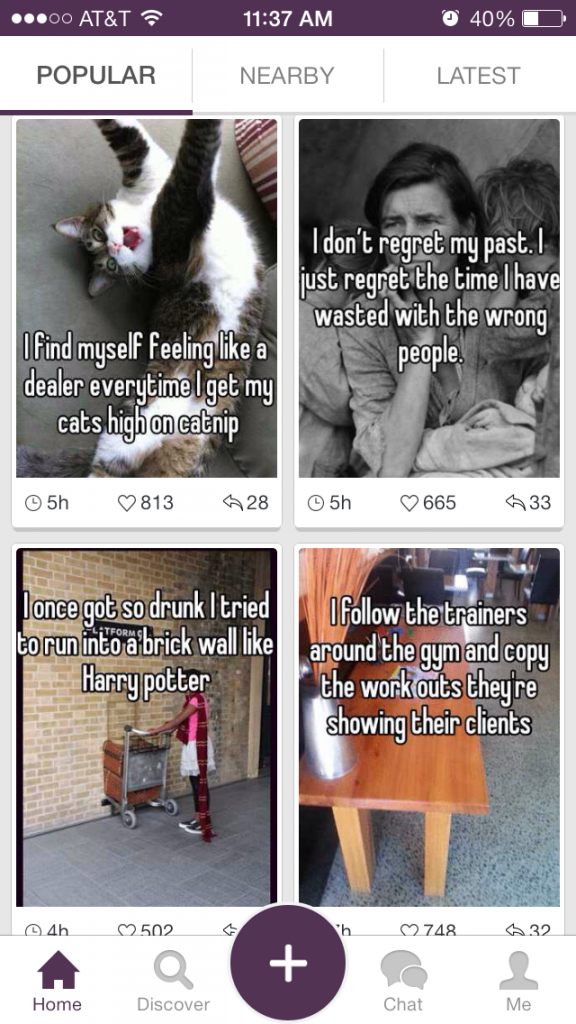
Medium – From the co-founder of Twitter comes a writing platform for intellectuals who want to share stories and express ideas without a 140-character limitation. Medium hails its intuitive design and simplicity as a draw for users to join the collaborative blogging community. Rather than amassing followers, the platform strives to surface the highest quality content, despite celeb-status or post frequency. BMW is the first to advertise on the platform by sponsoring a collection of posts about design and pushing articles about the automaker on its brand profile.
Through authenticity, anonymity and simplicity, these apps all show that people are looking for new ways to communicate and express themselves. The days of pre-scheduled campaign posts are dwindling and social media marketers are being pushed to create platform-specific campaigns in an ever-changing marketplace.
For some more inspiration, check out 5 creative ways brands are using SnapChat and learn how Ikea built a website within Instagram.
The 30-minute documentary, Kony 2012, hit 100MM views in 6 days, making it the most successful viral video in history. This post isn’t about the content or politics surrounding the video, but the format and what social media marketers can learn from it. Here are the top 5 lessons:
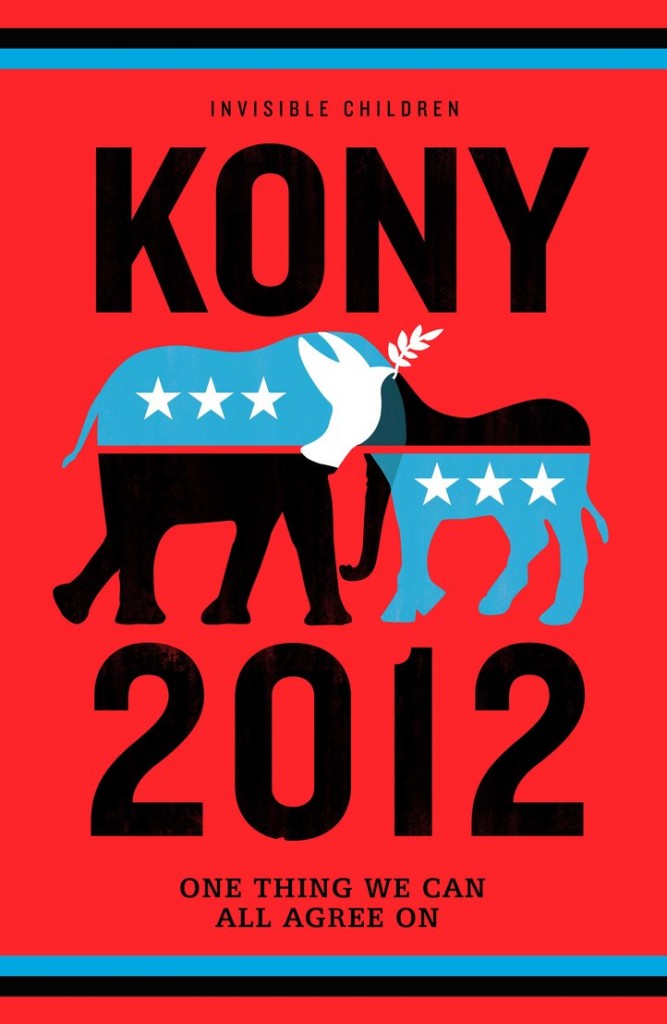 Break the Rules – Industry standards say that users have an attention span of about 2 minutes max when it comes to watching online video. Over 30% of people who watched the video watched the full 30 minutes, blowing the whole 2 minute rule right out of the water.
Break the Rules – Industry standards say that users have an attention span of about 2 minutes max when it comes to watching online video. Over 30% of people who watched the video watched the full 30 minutes, blowing the whole 2 minute rule right out of the water.
Simplify your Message – Have a clear call to action for users to take. At the end of the video, users were directed to share it with others. Looks like quite a few of them did.
Follow the Formula – I blogged earlier this week about the 6 Secrets of Viral Videos and what do you know, this video used nearly all of them. Although you can never guarantee a viral hit, there are proven tactics like music, surprise, cuteness, humor and celebrity.
Set Expectations – By minute 2, the video explains how long the video is, what you’re going to learn and, most importantly, what action they want you to take at the end.
Be Prepared – The traffic from the video crashed the Kony2012 site almost immediately, diminishing the amount of action users could take when they were most inspired. Although it’s hard to prepare for 100MM views in 6 days, it’s always good to talk through the “what ifs.”
What do you think about Kony 2012? Do you think anything else contributed to the video’s success that should be added to this list?
Pinterest, Google+, and even Facebook used exclusivity as a way to create buzz around their platform launches. The panelists in this SXSW Interactive session all successfully used invite-only private beta launches for their startups and were willing to share some of their lessons learned.
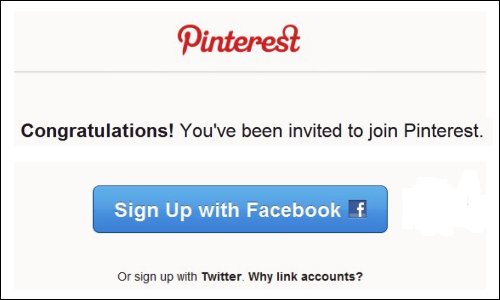
Benefits of an invite-only beta launch:
– Exclusivity
– Ability to fix bugs
– Users have a higher tolerance for crashes
Tips for launching invite-only:
– Add incentives to invites like unlocking content or a message from a friend
– Users have a “try before you buy” mentality so use social logins which require less private info to register/log in
– Metrics to watch before going public: crashes per user hours, retention rate
– Once you go public, user expectations are much higher and there is no more tolerance for crashes
Case Study: “Hook ’Em Up” Invite
Problem: With traditional beta invites, users get a set of invites but are unsure of which of their friends to send them to.
Solution: Anyone can request an invite to the platform, but it takes a friend to unlock it. This eases the burden of the person holding invites since they can see which friends have already expressed an interest and then “hook them up.”
Bonus Tip: If you launch a new version of your app in the App Store, the reviews reset, removing any negative comments.
Okay, I know the whole Charlie Sheen #winning trend is old (and turned worse by psycho Courtney from The Bachelor), but just bear with me…
#Fail (arguably an #EPICfail): Realizing you forgot your SXSW badge at home after you just drove downtown, paid for parking, walked four blocks to your most anticipated panel and waited in line.
#Winning: Finding a desperate soul without cash for parking and making their day by giving them your space. Also, following along with the panel’s hashtag from my couch proved both insightful and comfortable.
Key Takeaway: Roll with it.
This unique and entertaining SXSW Interactive panel consisted of debates pinning the top industry user testing techniques against each other. The execution was content rich, organized, and surprisingly fun.
Round 1: Focus Groups vs. Field Studies
– Context is key. By immersing yourself in the user’s world via field studies, you can uncover tacit findings not consciously available.
– “What people say, what people do, and what they say they do are entirely different.”
– Focus group risk factors: human memory fail, suggestibility, social norms, self-enhancement, self-serving facilitators
– When it comes to the all-important factors of time and money, field studies have an Achilles heel. It takes significantly longer to interview participants individually than in a group.
– Think outside the focus group. Focus groups can be remote and you can even give a pre-group homework assignment to ensure a full data set.
Winner: Field Studies
Round 2: High Fidelity Prototypes vs. Rapid Iterative Testing
– Those on the side of high fidelity prototypes argue that users need the full experience to understand a design.
– Rapid iterative testing can be as simple as a sketch and works in a cyclical process (test, revise, test, revise).
– Exhibit A (from the prototypes team): Angry Birds wireframe
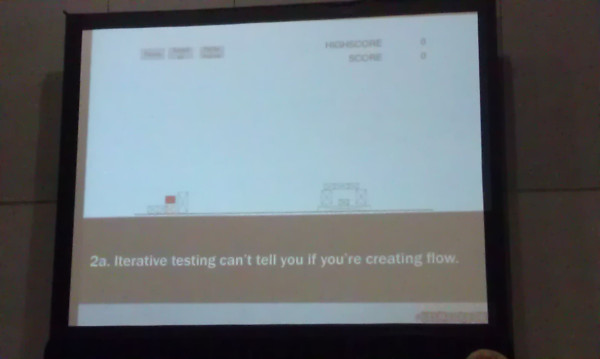
Do you think that by looking at this a user could understand the experience that has made Angry Birds the most successful app of all time?
– Getting end user feedback earlier in the design process is an important part of iterative testing because the longer you spend working on something, the harder it is to change it.
– Participants are less apt to give negative feedback on designs that have a “finished” appearance (because they see how much work has gone into it).
Winner: Rapid Iterative Testing (although a combination of both is recommended)
Round 3: Eye-Tracking vs. Un-Moderated Remote Usability Testing
– With remote usability testing, you can test hundreds of people simultaneously while they’re in their natural environment.
– Time and money again rear their heads taking a significant hit on eye-tracking studies, which require resources like a facility and moderator.
– Big brands that use eye tracking include Levis, Mattel and PBS.
– When using an automated, remote system, there are fewer logistics to manage, such as no-shows and last minute replacements.
– Critical success factors for conducting eye-tracking studies: the right recruiting, right methodology, right analysis, right point in the process
Winner: Un-Moderated Remote Usability Testing
Whether “viral” videos can be engineered has been much debated, with some saying it’s just plain luck. SXSW speaker, Prerna Gupta quickly proved her credibility on the subject through a revenue equation based on her success creating cost effective viral videos (>48MM views) that drove product sales. Through countless hours of YouTube “stalking” and her own trial and error, she found the science and secrets behind viral hits.
Science: 6 building blocks of viral videos
1. Music
2. Surprise
3. Cuteness
4. B00bs
5. Humor
6. Celebrity
Secrets: tips/tricks from the pro behind this hilarious viral masterpiece
– Best ways to add humor to viral videos: absurdity, parody current events
– How to balance product demo vs. virality: focus on virality and add a product post-roll at the end
– Cost effective way to ensure video views: partner with popular YouTube celebs (they already have the equipment and the audience)
– Tips for negotiating partnerships with YouTube celebs: be persistent, clarify the benefit for them upfront
– Cost considerations compared to other mediums: fixed cost upfront, not paying per view
– Quick tips: video thumbnail is important, get to the point (timing/pacing), seed videos via email lists
Hubspot’s Science of Social Media Webinar will be certified by Guinness World Records as the largest online marketing seminar ever. Fast talking Dan Zarrella shared data backed social media insights and scored a brief spot on Twitter’s trending topics with the hash tag #smsci. Here are some 140 character highlights and the stats behind them:
Creating better content is greatest correlation to growth of social media following. #smsci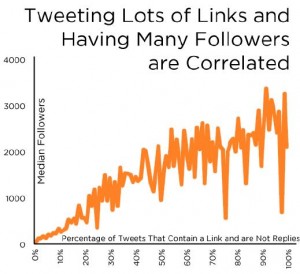 Social proof is a risk reduction mechanism #smsci #danzarrella Peeps want to use safe source, but be first to send as well.
Social proof is a risk reduction mechanism #smsci #danzarrella Peeps want to use safe source, but be first to send as well. Best time 2 tweet is towards the end of the week, the rate of RTs spikes on Friday. #smsci
Best time 2 tweet is towards the end of the week, the rate of RTs spikes on Friday. #smsci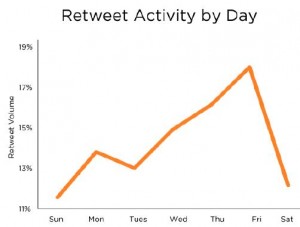
Nouns and verbs perform better than adjectives. Make sure #Snooki can read it (5th grade level) #smsci (more…)